Home>Furniture & Design>Bathroom Accessories>When Do Babies Use Bath Toys
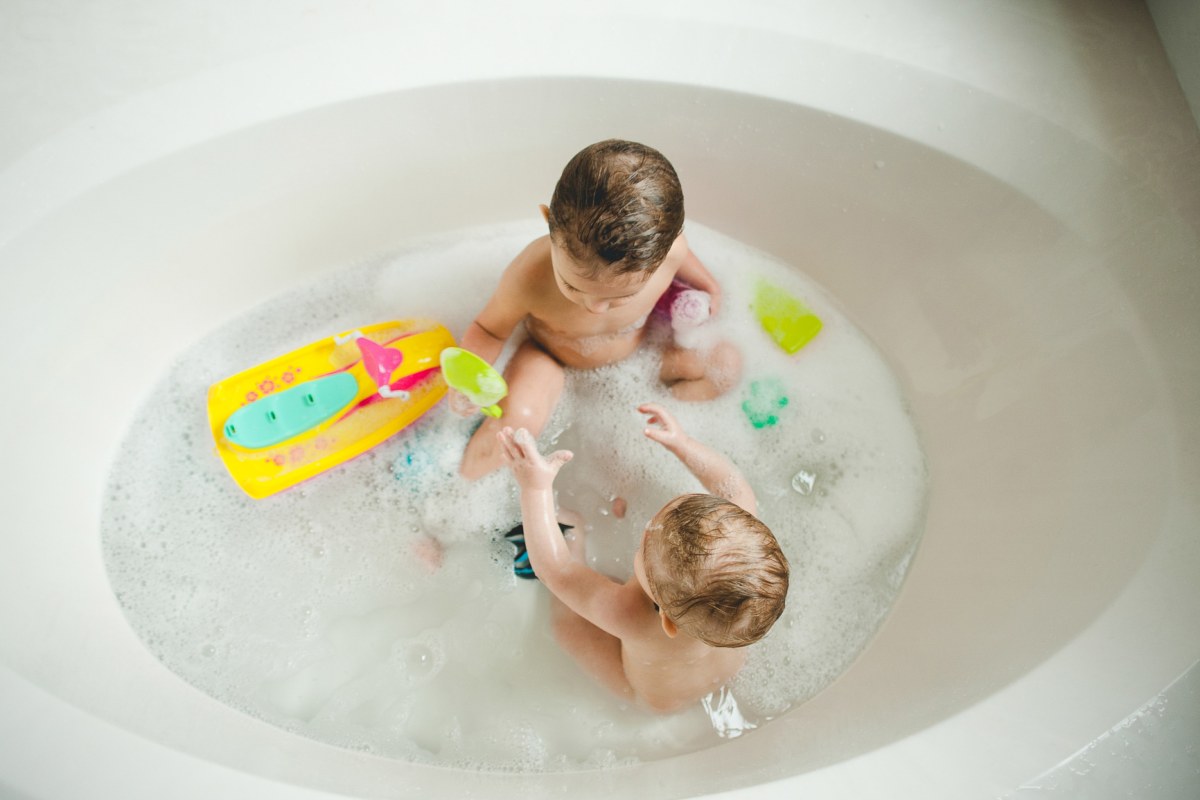

Bathroom Accessories
When Do Babies Use Bath Toys
Published: February 16, 2024
Discover when babies start using bath toys and how bathroom accessories can make bath time fun and engaging for your little one. Explore the best age-appropriate options and tips for introducing bath toys to your baby.
(Many of the links in this article redirect to a specific reviewed product. Your purchase of these products through affiliate links helps to generate commission for Storables.com, at no extra cost. Learn more)
Introduction
Bath time is not just a routine activity; it's an opportunity for babies to engage in sensory exploration and learning. Introducing bath toys to babies can transform this daily ritual into an exciting and enriching experience. As babies splash and play with their bath toys, they are not only having fun but also developing essential skills that lay the foundation for their overall growth and well-being.
Bath toys come in various shapes, sizes, and textures, captivating the attention of babies and stimulating their senses. From rubber duckies to colorful stacking cups, these toys offer a multi-sensory experience, encouraging babies to touch, grasp, and explore the properties of water. Moreover, bath toys can serve as valuable tools for parents to bond with their little ones, creating cherished moments of joy and connection.
In this article, we will delve into the benefits of using bath toys for babies, explore the developmental milestones associated with bath toy use, discuss safety considerations, and provide practical tips for introducing bath toys to babies. Whether you're a new parent seeking guidance on enhancing your baby's bath time or a caregiver looking to make this daily routine more engaging, this comprehensive guide will equip you with the knowledge and insights to create a delightful and educational bath time experience for your little one.
Key Takeaways:
- Bath toys help babies develop important skills like hand-eye coordination and language, making bath time a fun and educational experience that promotes growth and learning.
- When introducing bath toys to babies, prioritize safety, hygiene, and interactive play to create a nurturing and stimulating environment that fosters bonding and exploration.
Read more: How To Wash Baby Bath Toys
Benefits of Using Bath Toys for Babies
Introducing bath toys to babies offers a myriad of benefits that extend beyond mere entertainment. These colorful and interactive playthings play a crucial role in enhancing the overall bath time experience for both babies and parents. Here are the key advantages of incorporating bath toys into your baby's bathing routine:
-
Sensory Stimulation: Bath toys engage a baby's senses, providing tactile, visual, and auditory stimulation. The varied textures, vibrant colors, and playful sounds of bath toys captivate a baby's attention, fostering sensory exploration and cognitive development.
-
Promotes Physical Development: Bath time with toys encourages babies to reach, grasp, and manipulate objects, thereby enhancing their fine motor skills. As they splash, pour, and squeeze the toys, babies engage in hand-eye coordination activities, promoting dexterity and muscle strength.
-
Enhances Cognitive Skills: Bath toys facilitate learning through play, as babies experiment with cause and effect relationships. By observing the movement of water through the toys or understanding the concept of sinking and floating, babies develop early scientific reasoning and problem-solving skills.
-
Emotional and Social Development: Bath time with toys provides an opportunity for bonding and interaction between babies and caregivers. Through shared play experiences, babies develop a sense of trust and security, strengthening the parent-child relationship.
-
Encourages Language Development: Bath time conversations around the toys, such as describing their colors, shapes, and actions, contribute to language development. This interactive environment fosters communication skills and vocabulary expansion in babies.
-
Makes Bath Time Enjoyable: Bath toys transform the bathing experience into a fun and enjoyable activity, reducing resistance to bath time and creating positive associations with cleanliness and hygiene.
-
Promotes Independence: As babies engage with bath toys, they gain a sense of autonomy and independence, fostering confidence and self-reliance in a safe and nurturing environment.
Incorporating bath toys into a baby's bath time routine not only adds an element of joy and excitement but also contributes significantly to their holistic development. These toys serve as valuable tools for parents and caregivers to create a stimulating and nurturing environment, laying the foundation for a positive attitude towards hygiene and learning from an early age.
Developmental Milestones for Bath Toy Use
As babies engage with bath toys, they embark on a journey of developmental milestones that contribute to their physical, cognitive, and socio-emotional growth. Understanding these milestones can provide valuable insights into the significance of bath toy play in a baby's overall development.
Sensory Exploration and Coordination
Bath time with toys offers babies the opportunity to explore various textures, shapes, and water movements, stimulating their senses. From the smooth surface of a rubber duck to the pouring action of a water wheel, babies engage in tactile exploration, refining their sensory perception. As they reach for and grasp the toys, they enhance their hand-eye coordination and fine motor skills, laying the groundwork for future dexterity and precision in movements.
Cognitive Development and Problem-Solving
Bath toys introduce babies to fundamental scientific concepts, such as buoyancy, sinking, and floating. Through playful interactions with toys that submerge and resurface, babies begin to grasp these principles, fostering early scientific reasoning. Observing the cause-and-effect relationships between their actions and the toy's behavior, babies develop problem-solving skills and logical thinking, setting the stage for future cognitive development.
Read more: When Do Babies Use Silverware
Language and Communication Skills
Engaging in bath time conversations about the toys cultivates language development in babies. Describing the colors, shapes, and actions of the toys, caregivers provide a rich language environment that encourages vocabulary expansion and communication skills. As babies respond to these verbal interactions, they begin to express themselves through sounds and gestures, laying the foundation for future language proficiency.
Social and Emotional Growth
Bath time with toys nurtures emotional bonds and social interaction between babies and caregivers. Through shared play experiences, babies develop a sense of trust and security, strengthening the parent-child relationship. The joy and laughter that accompany bath toy play create positive emotional associations with bath time, fostering a sense of comfort and well-being.
Independence and Confidence
As babies manipulate and explore bath toys, they gain a sense of autonomy and independence within a safe and nurturing environment. This fosters confidence and self-reliance, empowering babies to engage in exploratory play and take small steps towards independence.
In essence, bath toy play is not merely a recreational activity but a pivotal component of a baby's developmental journey. By recognizing and supporting these developmental milestones, caregivers can optimize the bath time experience, providing a rich and stimulating environment that nurtures a baby's holistic growth and well-being.
Safety Considerations for Bath Toys
Ensuring the safety of bath toys is paramount in creating a secure and enjoyable bath time experience for babies. While bath toys contribute to sensory exploration and developmental milestones, it is essential to be mindful of potential hazards and take proactive measures to safeguard the well-being of little ones. Here are crucial safety considerations to keep in mind when selecting and using bath toys:
Read more: How To Clean Bath Toys With Bleach
Material Safety
When choosing bath toys, opt for those made from non-toxic, BPA-free materials to minimize the risk of chemical exposure. Select toys that are specifically designed for use in water, as they are less likely to harbor mold or mildew. Regularly inspect bath toys for signs of wear and tear, discoloration, or mold accumulation, and promptly replace any damaged or deteriorating toys to prevent potential health hazards.
Size and Choking Hazards
Select bath toys that are size-appropriate for babies to prevent choking incidents. Small detachable parts or components that can break off pose a choking hazard, so it's crucial to choose toys with secure and durable construction. Additionally, be mindful of suction cups or other attachments that could detach and present a choking risk to babies during bath time.
Cleanliness and Hygiene
Maintaining the cleanliness of bath toys is essential to prevent the growth of mold, mildew, and bacteria. After each use, thoroughly rinse the toys with clean water and allow them to dry completely. Periodically sanitize bath toys by soaking them in a solution of water and mild baby-safe cleanser, followed by a thorough rinse and drying process. Regular cleaning and drying help mitigate the risk of bacterial or fungal growth, ensuring that bath toys remain hygienic for baby's use.
Water Temperature and Safety
Be mindful of the water temperature during bath time, ensuring that it is comfortably warm and safe for babies. Some bath toys, such as temperature-sensitive rubber ducks, are designed to indicate water temperature, providing an additional safety measure. Always test the water temperature with a reliable thermometer before placing babies in the bath, and avoid exposing them to excessively hot water that could cause burns or discomfort.
Read more: How To Clean Bath Toys In The Dishwasher
Supervision and Monitoring
Babies should never be left unattended during bath time, especially when playing with toys. Constant supervision is crucial to prevent accidents and ensure a safe and enjoyable bath time experience. Caregivers should actively engage with babies during bath time, closely monitoring their interactions with toys and promptly addressing any safety concerns that may arise.
By prioritizing these safety considerations, caregivers can create a secure and nurturing environment for babies to explore and play with bath toys. Proactive measures, such as selecting safe materials, maintaining cleanliness, and closely supervising bath time, contribute to a positive and hazard-free experience, allowing babies to reap the developmental benefits of bath toy play while ensuring their well-being.
Tips for Introducing Bath Toys to Babies
Introducing bath toys to babies is an exciting milestone that can transform the daily bathing routine into a delightful and enriching experience. Here are some valuable tips to consider when introducing bath toys to babies:
Start Simple and Gradual
Begin by introducing a few basic bath toys to acclimate babies to the new experience. Simple toys such as rubber duckies, floating boats, or soft water squirters are ideal for initiating bath time play. As babies become familiar with these toys, gradually introduce additional options to expand their sensory exploration and engagement.
Consider Safety and Hygiene
Prioritize safety and hygiene when selecting bath toys for babies. Opt for toys made from non-toxic, BPA-free materials and ensure that they are designed for water use. Regularly inspect and clean the toys to prevent mold or bacterial growth, promoting a safe and hygienic play environment for babies.
Read more: How To Clean Out Bath Toys
Encourage Interactive Play
Engage babies in interactive play with bath toys to enhance their sensory and cognitive development. Encourage them to touch, squeeze, and explore the toys, fostering tactile stimulation and fine motor skill development. Narrate the actions and characteristics of the toys, creating a rich language environment that supports language and communication skills.
Incorporate Educational Elements
Select bath toys that incorporate educational elements such as numbers, letters, or shapes to introduce early learning concepts during bath time. These toys can serve as valuable tools for introducing basic educational concepts in a playful and engaging manner, laying the foundation for future learning.
Create a Positive Environment
Establish a positive and relaxed atmosphere during bath time to encourage babies to enjoy their interactions with bath toys. Play soft music, use gentle lighting, and maintain a comforting demeanor to create a soothing and enjoyable environment that promotes sensory exploration and relaxation.
Foster Bonding and Interaction
Use bath time with toys as an opportunity for bonding and interaction with babies. Engage in playful conversations, sing bath time songs, and participate in shared play experiences to strengthen the parent-child bond and create cherished moments of joy and connection.
Read more: When To Use A Humidifier For Baby
Rotate and Refresh Toy Selection
Periodically rotate and refresh the selection of bath toys to maintain babies' interest and curiosity. Introducing new toys or alternating existing ones can reignite babies' enthusiasm for bath time play, keeping the experience engaging and dynamic.
Stay Attentive and Responsive
Remain attentive and responsive to babies' cues and reactions during bath time with toys. Observe their preferences and comfort levels, adjusting the play activities and toy selection accordingly to ensure a positive and enjoyable experience.
By incorporating these tips, caregivers can introduce bath toys to babies in a manner that promotes sensory exploration, cognitive development, and bonding, creating a nurturing and stimulating bath time experience for little ones.
Conclusion
In conclusion, the incorporation of bath toys into a baby's bathing routine offers a multitude of benefits that extend beyond mere entertainment. From sensory stimulation and physical development to cognitive enhancement and emotional bonding, bath toys play a pivotal role in nurturing a baby's holistic growth and well-being. By engaging in playful interactions with these colorful and interactive toys, babies embark on a journey of developmental milestones that lay the foundation for their future learning and exploration.
The developmental significance of bath toy play is underscored by its impact on sensory exploration, cognitive development, language acquisition, and social-emotional growth. As babies reach, grasp, and manipulate bath toys, they refine their fine motor skills and hand-eye coordination, setting the stage for future dexterity and precision in movements. Moreover, the exposure to early scientific concepts through bath toy interactions fosters problem-solving skills and logical thinking, contributing to cognitive development from an early age.
Furthermore, bath time with toys serves as a platform for language enrichment and communication development, as caregivers engage babies in descriptive conversations about the toys, fostering vocabulary expansion and expressive language skills. The shared play experiences during bath time create a nurturing environment for emotional bonding and social interaction, strengthening the parent-child relationship and instilling a sense of trust and security in babies.
As caregivers navigate the introduction of bath toys to babies, prioritizing safety considerations and implementing proactive measures to maintain a hygienic play environment is crucial. By selecting safe and age-appropriate toys, ensuring cleanliness, and closely supervising bath time, caregivers can create a secure and enjoyable environment for babies to explore and play with bath toys.
Ultimately, the introduction of bath toys to babies represents a significant opportunity to transform the daily bathing routine into a delightful and enriching experience. By incorporating the tips and insights shared in this guide, caregivers can create a nurturing and stimulating bath time environment that fosters a baby's holistic development and cultivates cherished moments of joy and connection. Through the thoughtful integration of bath toys into a baby's bathing routine, caregivers can lay the groundwork for a positive attitude towards hygiene and learning, setting the stage for a lifetime of curiosity, exploration, and growth.
Frequently Asked Questions about When Do Babies Use Bath Toys
Was this page helpful?
At Storables.com, we guarantee accurate and reliable information. Our content, validated by Expert Board Contributors, is crafted following stringent Editorial Policies. We're committed to providing you with well-researched, expert-backed insights for all your informational needs.
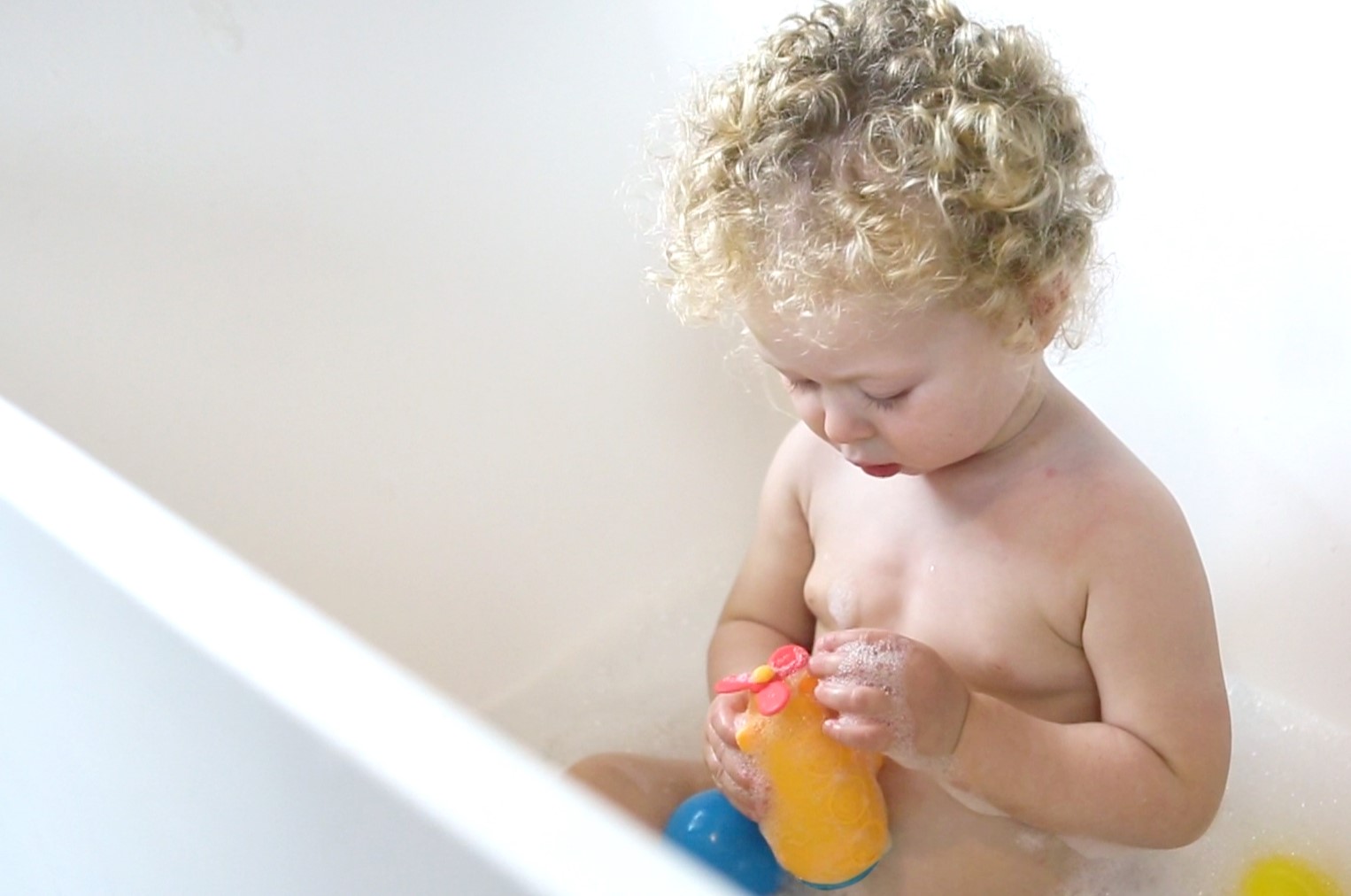
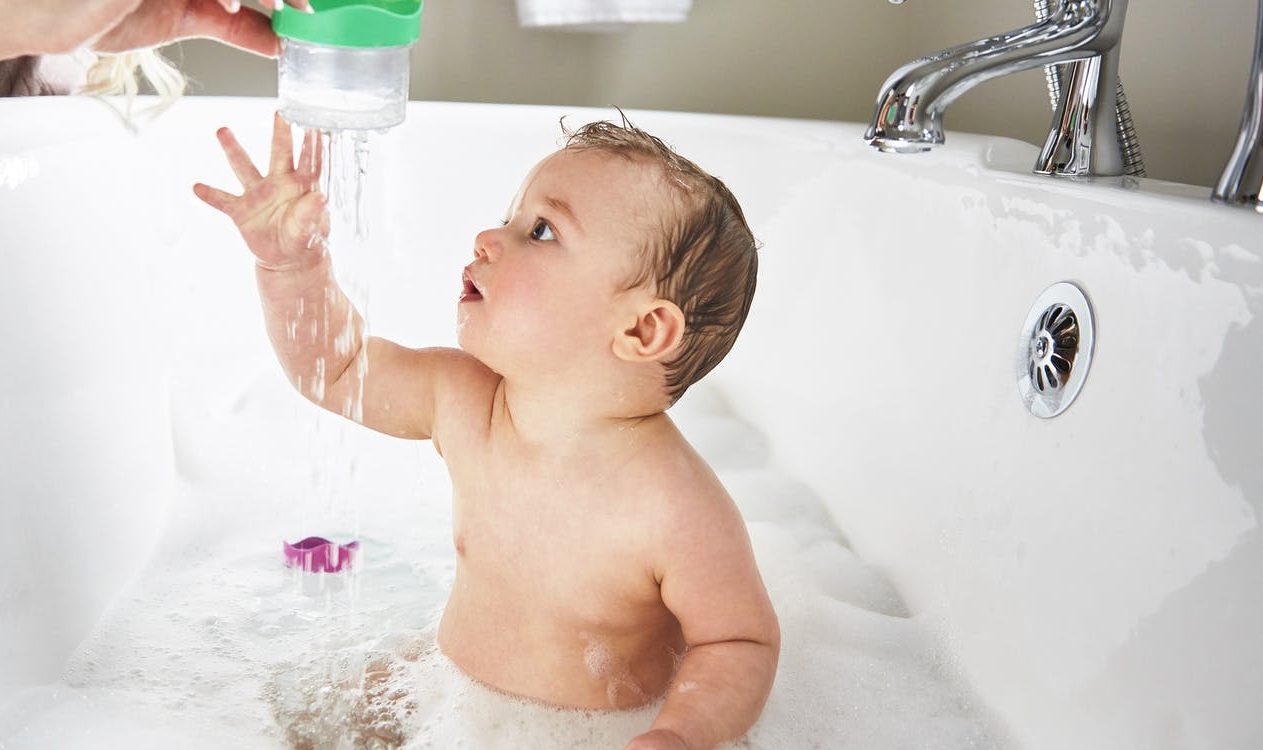
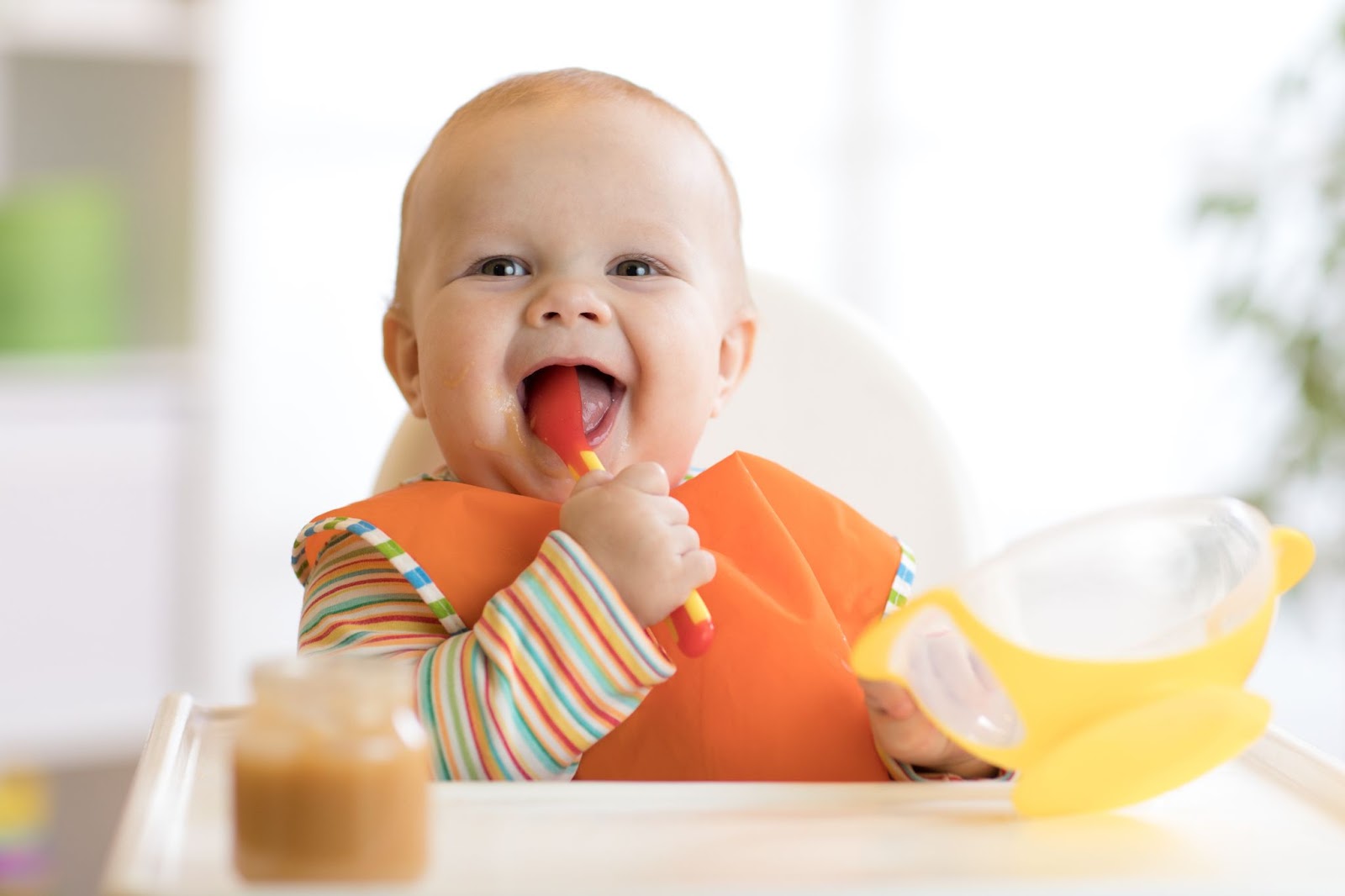
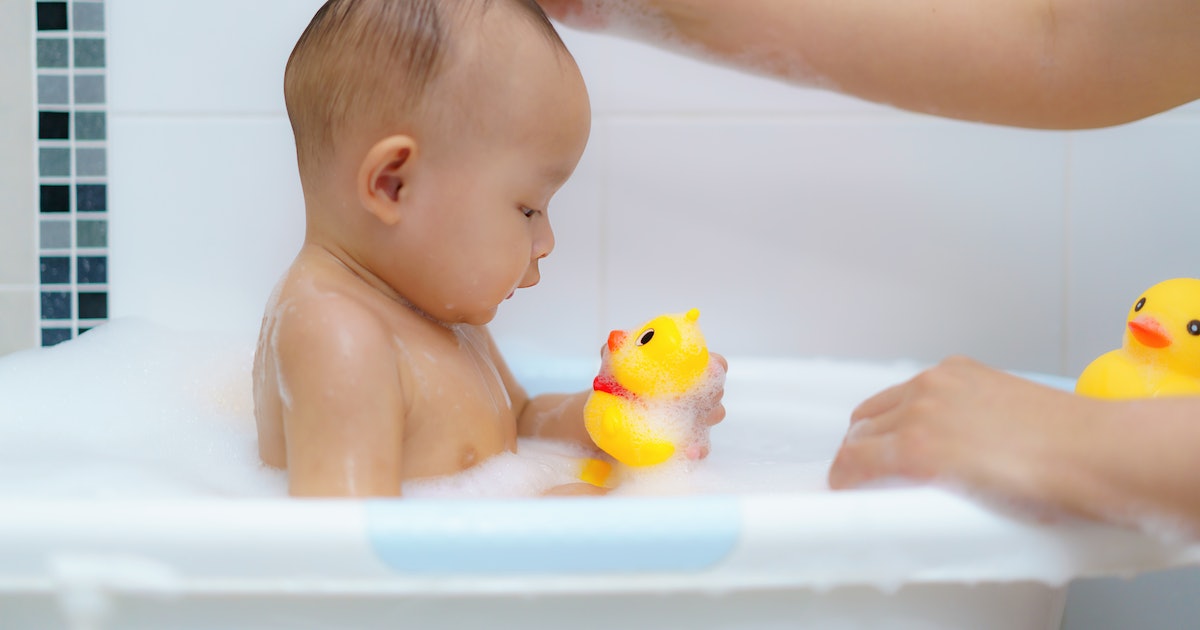
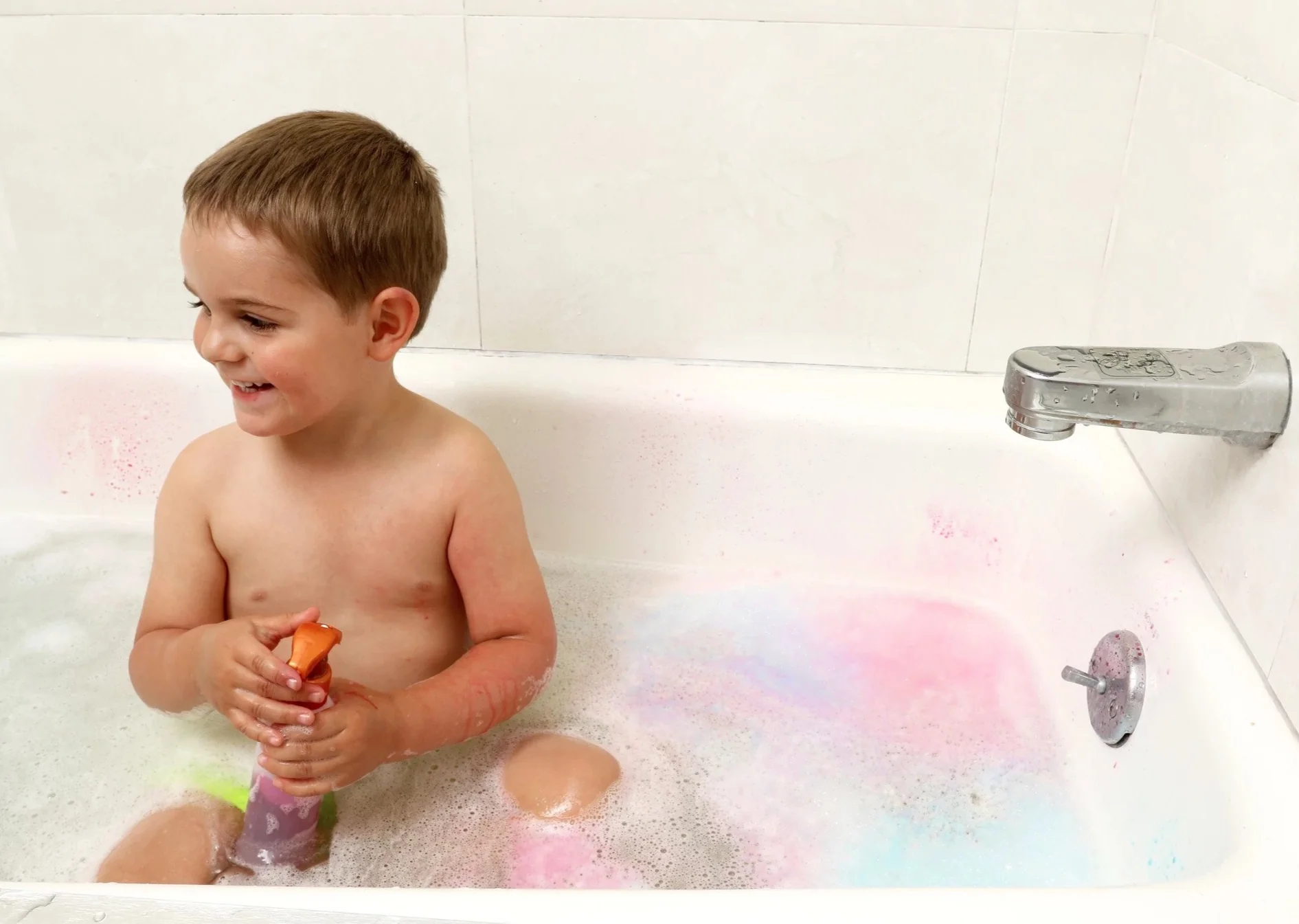
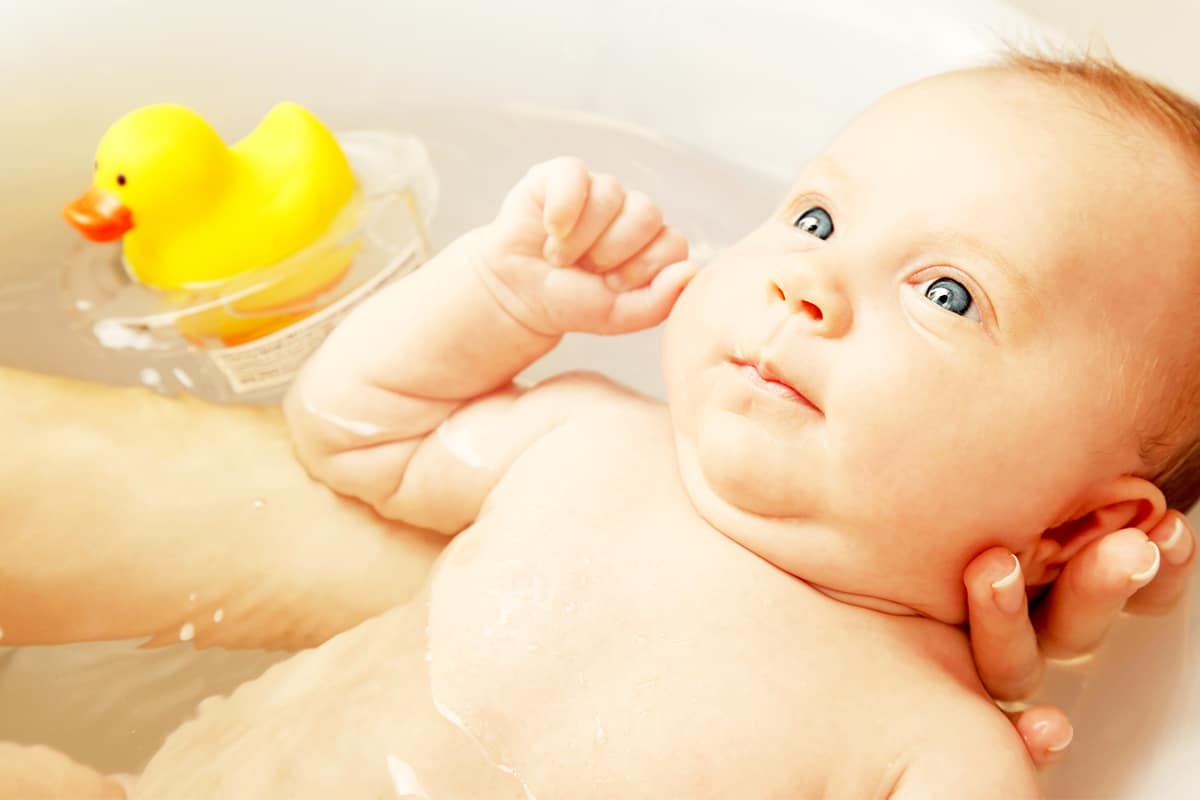
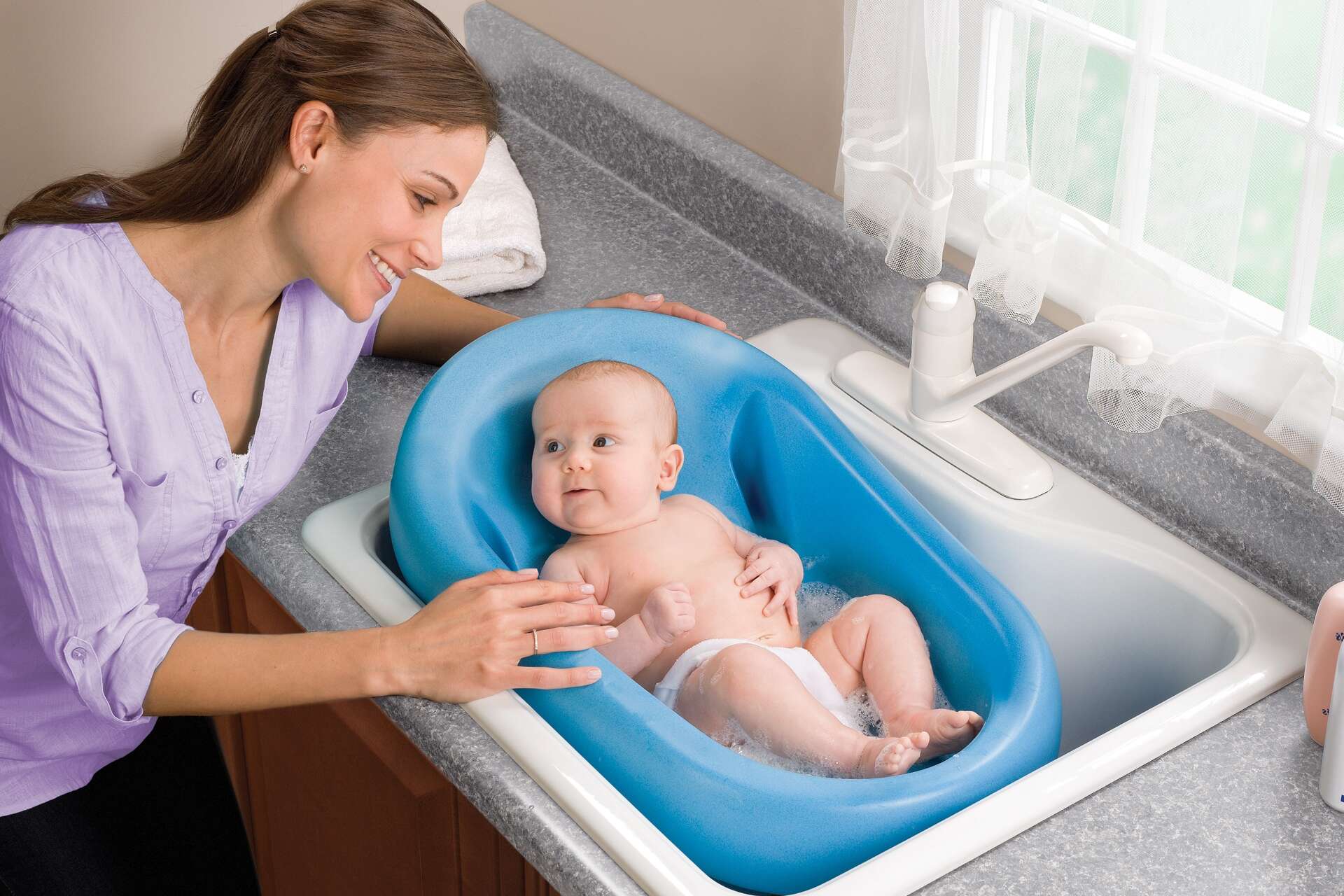
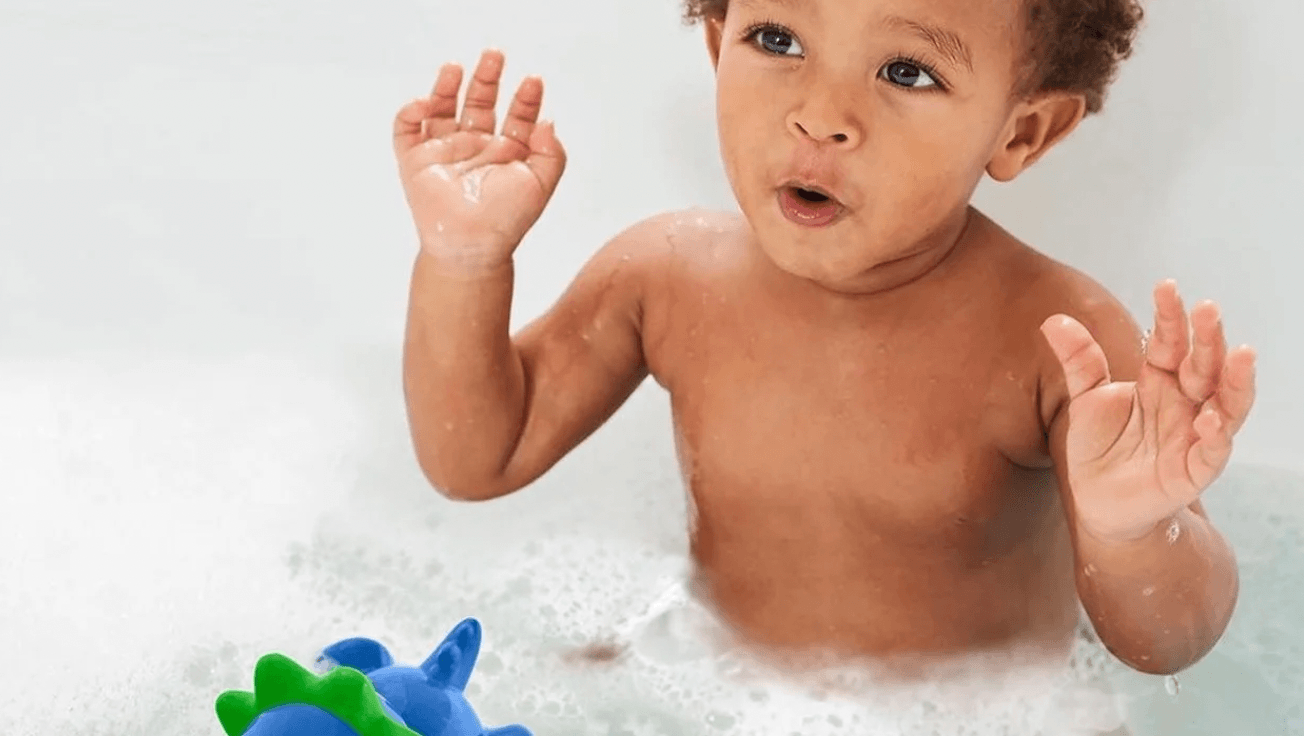
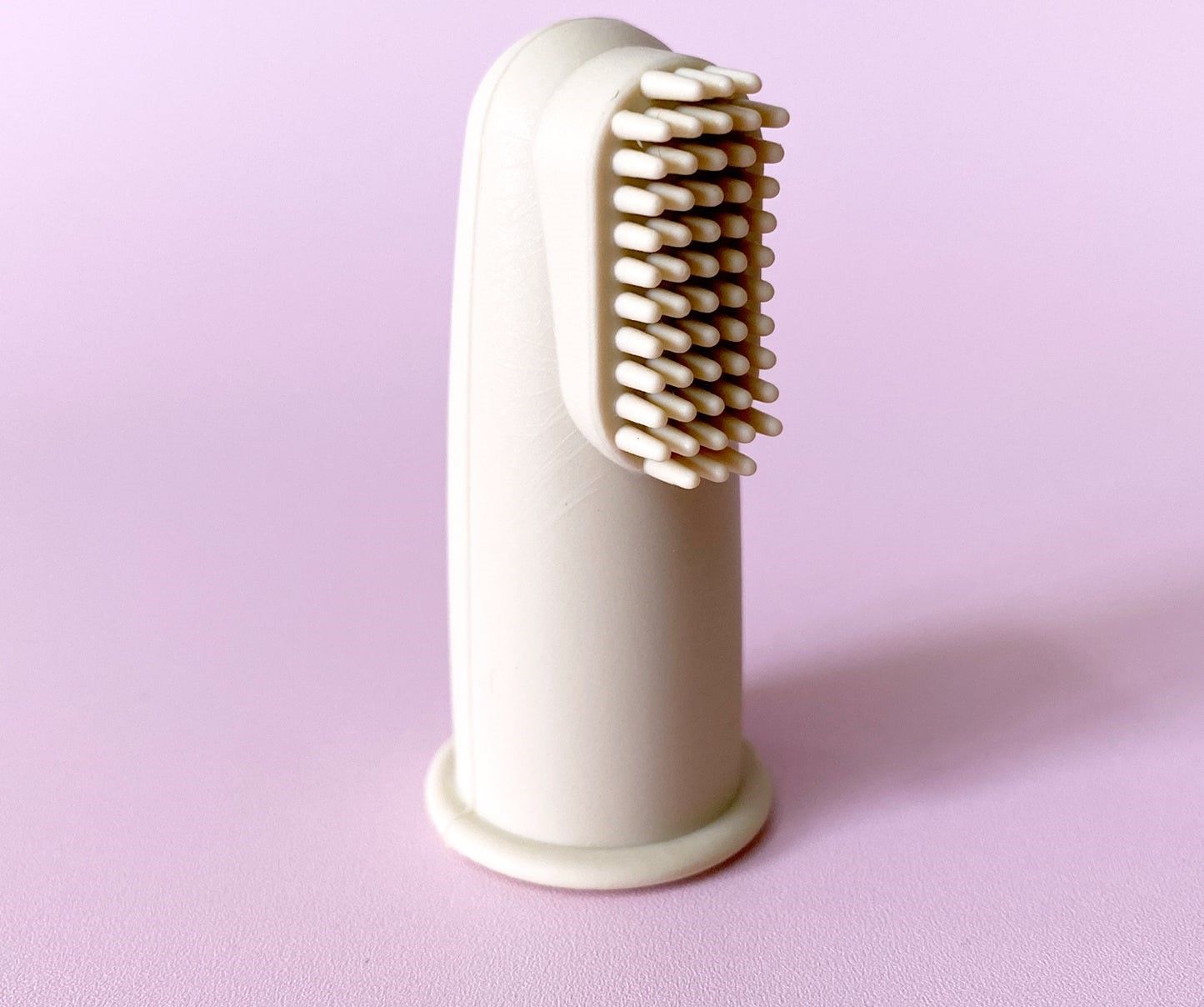
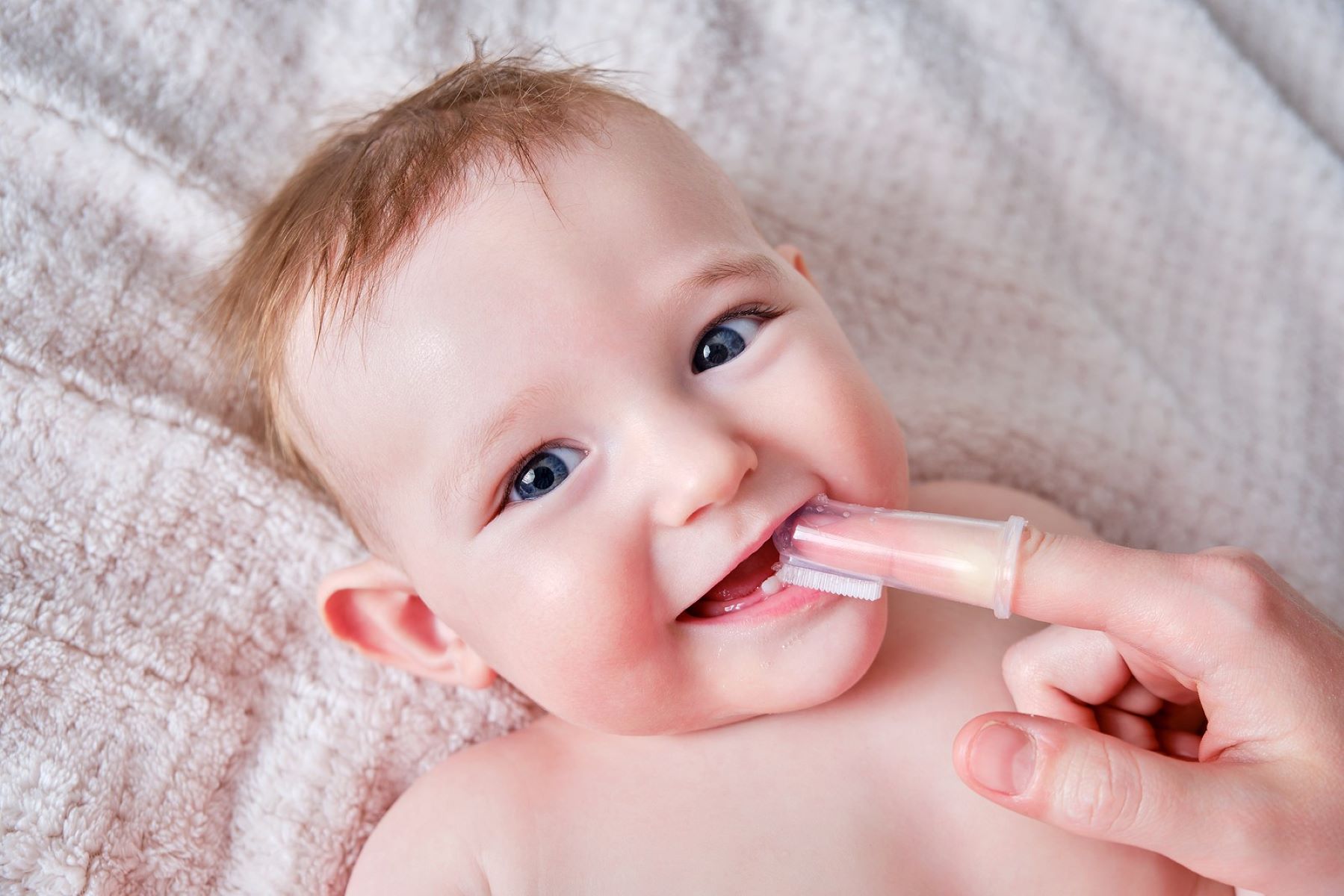

0 thoughts on “When Do Babies Use Bath Toys”